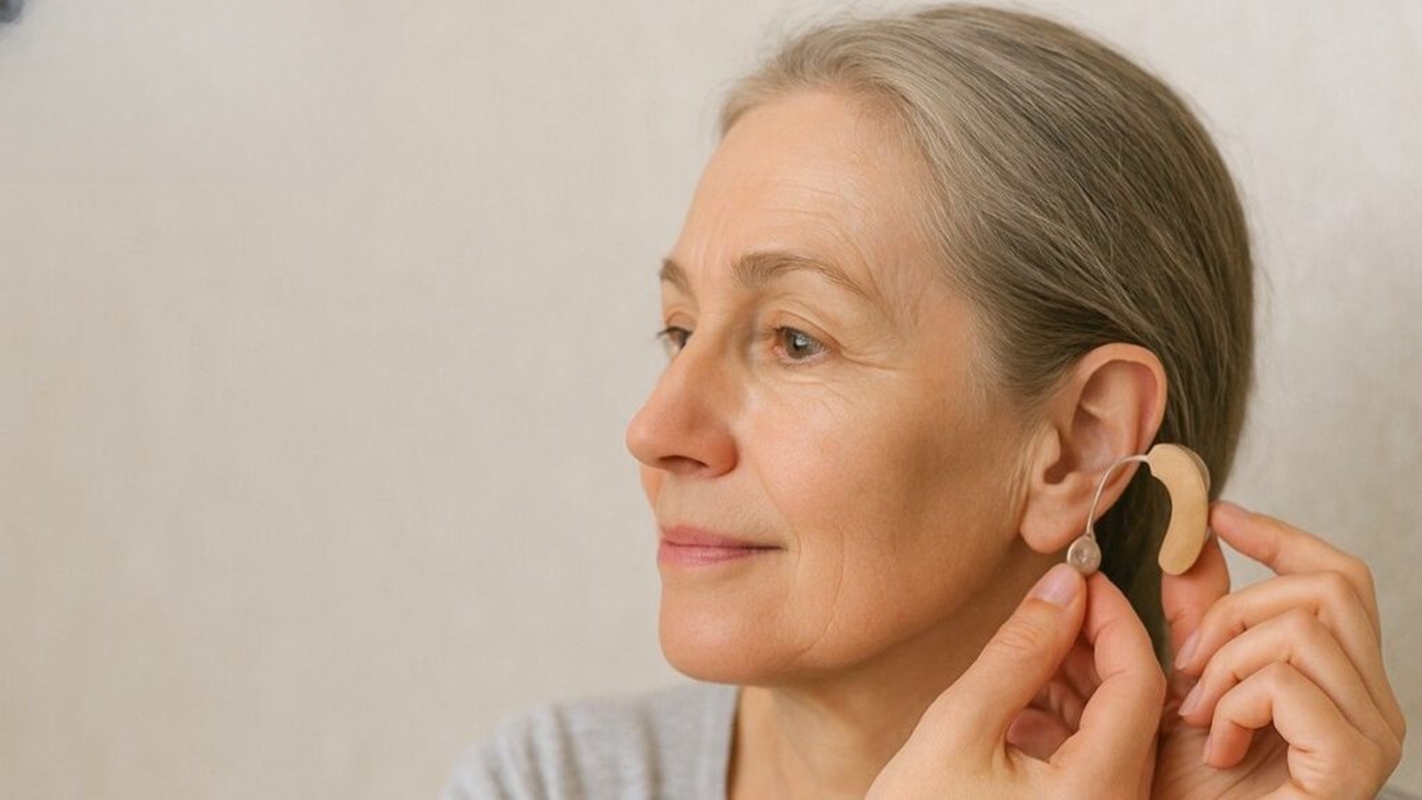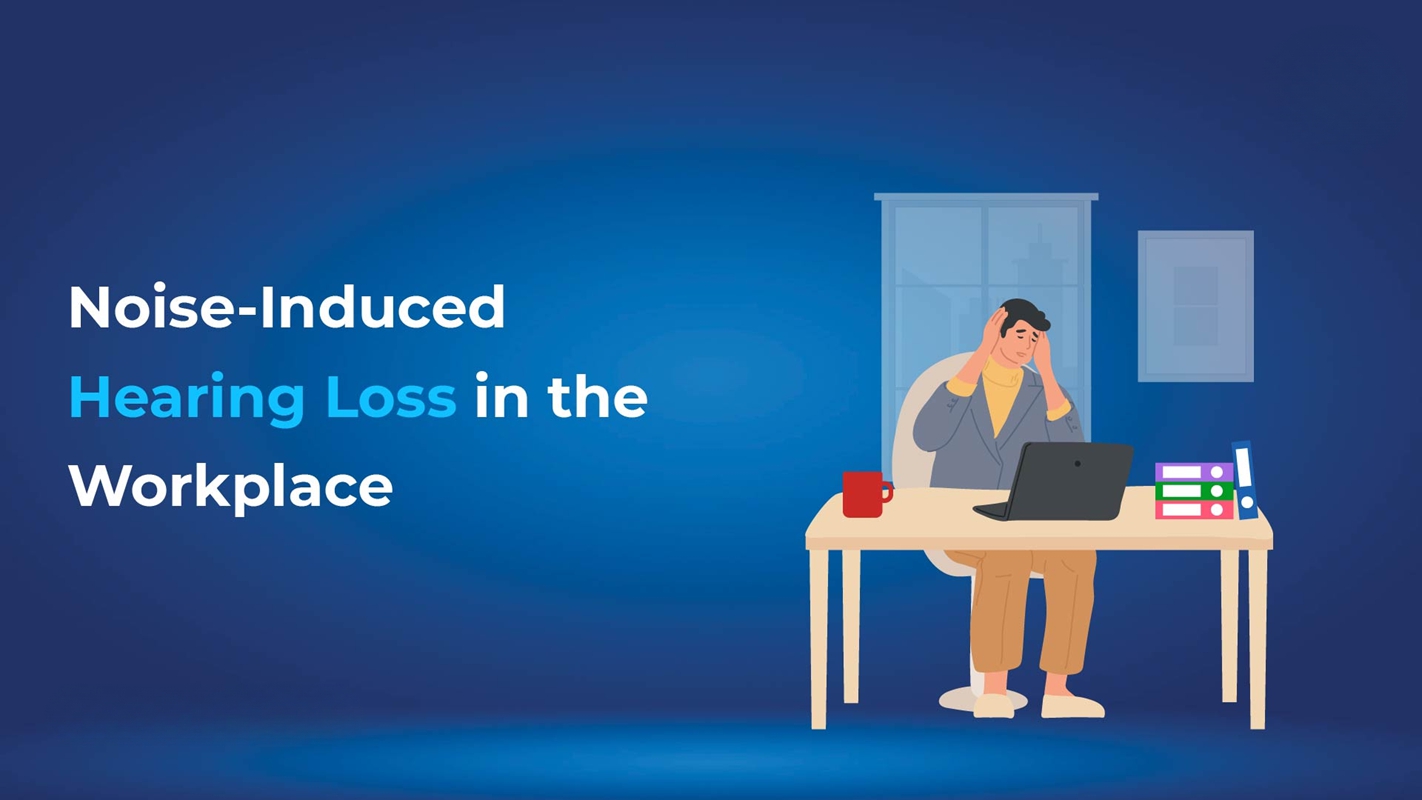If you’re unsure how to put in hearing aids the right way, you’re not alone. Getting the fit correct is important for both comfort and hearing performance. This guide will show you how to insert your hearing aids step by step, whether you’re using a Behind-the-Ear (BTE) or In-the-Ear (ITE) model. When done correctly, proper insertion helps your device work better, prevents discomfort, and protects your ears from damage.
It may feel tricky at first, but with the right tips and a little practice, placing your hearing aids will become second nature.
Why It’s Important to Put in Hearing Aids Correctly
When you put in hearing aids the right way, you’ll:
- Hear clearly without muffling or feedback
- Avoid discomfort or pain in the ear
- Protect your device from damage
- Feel confident using them daily
Bad positioning can cause the device to fall out, whistle, or simply not work well.
Step-by-Step Guide on How to Put in Hearing Aids
Step 1: Prepare the Device
- Make sure the hearing aid is clean.
- Check that it’s fully charged or has fresh batteries.
Step 2: Hold It Correctly
- Hold the aid so the part that goes into your ear faces the right direction.
- When you put in hearing aids, the tubing or wire should follow your ear.
Step 3: Insert the Hearing Aid
- BTE (Behind-the-Ear) hearing aid: Place the device behind your ear and gently insert the tube or tip into your ear canal. Learn more about BTE hearing aid.
- ITE/ITC (In-the-Ear/In-the-Canal): Slowly put in hearing aids by pushing the mold into your ear until it fits comfortably.
Step 4: Adjust the Fit
- Press lightly to ensure it’s comfortable and secure.
- It shouldn’t feel too tight or cause pain.
Step 5: Final Check
- Confirm that the device is working.
Looking for the best hearing aid in India? Choosing the right device makes insertion and daily use much easier—consult an audiologist for the best match based on your hearing needs.
Understanding Hearing Aids
Before diving into the actual process, let’s first understand what hearing aids are and why the correct insertion is important.
What Are Hearing Aids?
Hearing aids are small electronic devices that amplify sound for people with hearing loss. These devices are designed to help individuals with varying degrees of hearing loss from mild to profound by improving the clarity of sounds and speech.
Why Proper Insertion Matters
Correct insertion of hearing aids ensures the device works effectively, providing the best sound quality. Improper insertion may lead to discomfort, feedback noise, and reduced functionality, affecting your overall hearing experience.
Common Problems: Difficulty Inserting Hearing Aids
For some people, inserting hearing aids may feel challenging, especially if they have never used them before. Here are a few common difficulties and how to overcome them:
Reasons for Difficulty
- Deficit issues: Some individuals may have difficulty handling small devices, especially those with arthritis or other mobility challenges.
- Improper fit: If the hearing aid isn’t properly molded to the ear, it might not fit well.
- Earwax buildup: Excess earwax can prevent the hearing aid from sitting properly in the ear.
How to Overcome These Challenges
- Use a mirror: Position yourself in front of a mirror to ensure the hearing aid is placed correctly.
- Consult a professional: If you’re having trouble with fit or insertion, visiting an audiologist can provide a custom solution.
- Earwax removal: Keep your ear canal clean and free of wax to ensure a snug fit.
When to Seek Professional Help
If you are still facing difficulty inserting your hearing aids, it’s best to consult an audiologist. They can provide personalised adjustments and tips to make the process easier. If the issue continues, it could be related to hearing aid problems such as poor fit, feedback, or device malfunction—getting expert help can ensure everything works properly and comfortably.
Hearing Aid Types and Their Insertion Methods
Different types of hearing aids come with different ways to insert them. Knowing how to use them properly ensures comfort and better sound.
Behind-the-Ear (BTE)
- Use: For moderate to severe hearing loss
- Insert: Gently put in hearing aids by positioning the device behind the ear, then inserting the tubing.
In-the-Ear (ITE)
- Use: For moderate to severe hearing loss
- Insert: Insert the custom-molded aid into the ear canal until it fits snugly.
In-the-Canal (ITC) & Completely-in-Canal (CIC)
- Use: For mild to moderate hearing loss
- Insert: Gently place the small device inside the ear canal; adjust it for comfort.
Receiver-in-the-Canal (RIC)
- Use: For a more natural sound and discreet look
- Insert: Place the receiver in the ear canal and position the rest of the device behind the ear.
Also read: Top 10 hearing aid brands in India
Tips for First-Time Users
Learning to put in hearing aids becomes easier with practice. Try these tips:
Tip | Why It Helps |
Use a mirror | Helps see what you’re doing |
Sit down while inserting | Keeps you steady and relaxed |
Practice daily | Builds muscle memory for easy insertion |
Ask your audiologist for help | Get personalized support |
The Role of an Audiologist in Fitting Hearing Aids
While it’s helpful to understand the general process of inserting hearing aids, it’s important to consult with an audiologist, who plays a critical role in ensuring the device fits correctly and performs at its best. Here’s how an audiologist can assist:
- Initial Consultation and Assessment: An audiologist will begin by performing a thorough hearing evaluation to determine the degree and types of hearing loss. This will guide them in recommending the most suitable hearing aid for your needs.
- Custom Fitting: An audiologist can customize hearing aids to fit your ears perfectly. Custom-molded devices are often necessary to ensure comfort and optimal sound quality. They’ll take precise moulds of your ear, which are then used to create a hearing aid that fits comfortably.
- Adjustments and Fine-Tuning: During your initial fitting, the audiologist will help adjust the device for maximum performance. They’ll test the hearing aid, check for sound clarity and comfort, and make fine adjustments as needed.
- Ongoing Support: Audiologists provide ongoing support, making adjustments as your hearing needs change over time. They can help if you have trouble inserting the hearing aid or experience any discomfort.
Read also: Signia Hearing Aids Price in India to explore cost-effective options and find the right model for your hearing needs.
Hearing Aid Accessories for Easier Insertion
Several tools make inserting and maintaining hearing aids easier:
- Inserts & Wax Guards: Keep devices clean and help with secure fitting.
- Removal Tools: Designed to safely and easily take out hearing aids.
- Custom Ear Moulds: Offer a better fit for unique ear shapes.
- Cleaning & Drying Kits: Prevent moisture and dirt buildup, keeping aids functional and comfortable.
These accessories improve fit, comfort, and device care.
Conclusion
Inserting a hearing aid correctly is essential for getting the best performance and comfort. By following the steps outlined in this guide on how to insert hearing aids, you can make the process easier and more efficient. If you encounter any issues or feel uncomfortable, don’t hesitate to reach out to a hearing aid center in Delhi or consult a hearing care professional who can assist you in achieving the best fit for your hearing aid. If you’re still struggling to put in hearing aids, talk to a specialist for hands-on help and a better fit.
















